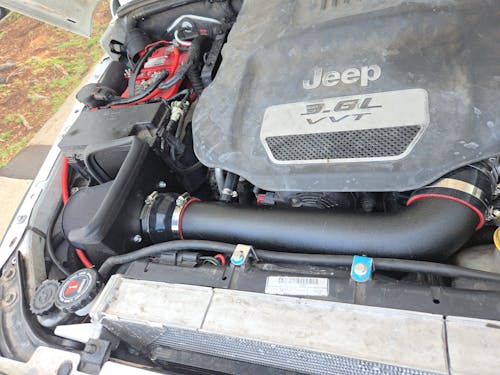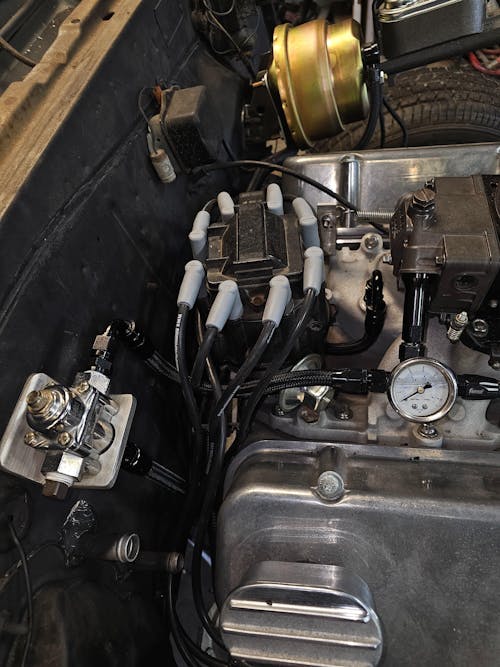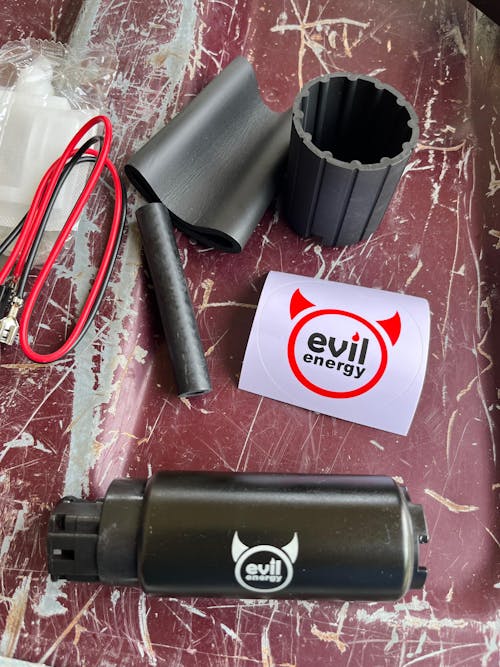What Does an Oil Catch Can Do?
Oil catch cans are simple yet highly effective devices designed to enhance your vehicle's engine performance and longevity. These tools have evolved significantly over the years, catering to the increasingly complex needs of modern engines. Today, oil catch cans are considered an essential component in automotive maintenance for a wide variety of vehicles, ranging from daily drivers to high-performance cars.
The Working Principle of Oil Catch Cans
Oil catch cans operate by trapping oil vapors and other contaminants before they re-enter the engine. During combustion, these vapors are typically redirected into the intake system, where they can cause issues like carbon buildup and reduced efficiency. An oil catch can acts as a barrier, ensuring only clean air circulates back into the engine.
The oil catch can plays a vital role in the crankcase ventilation system, functioning as a filter between the crankcase and the intake manifold. By capturing oil mist and particulates, it helps maintain the engine’s performance and efficiency.
Different types of oil catch cans are available, depending on the vehicle's specific needs. Some basic models focus solely on capturing oil vapors, while advanced models incorporate filters to trap finer particles for comprehensive protection.

Key Benefits of Installing an Oil Catch Can
-
Mitigates Carbon Build-Up:
Reduces carbon deposits on intake valves and manifolds by capturing blow-by gases, which contain unburned fuel and oil particles. -
Reduces Blow-By:
Prevents blow-by gases from contaminating engine oil, reducing sludge formation and maintaining oil integrity. -
Extends Oil Life:
Keeps oil cleaner for longer, reducing the need for frequent oil changes and lowering maintenance costs. -
Improves Engine Efficiency:
Cleaner oil reduces friction between engine components, helping retain factory efficiency and performance. -
Lowers Emissions:
Captures unburned hydrocarbons in blow-by gases, reducing harmful emissions and promoting environmentally friendly driving. -
Enhances Turbocharger Efficiency:
Prevents blow-by gases from reaching and damaging the turbocharger, improving its longevity and performance.
Oil Catch Can and Engine Longevity
An oil catch can acts as a shield, protecting your engine from oil vapors and harmful contaminants. Over time, these contaminants can degrade engine components and reduce overall performance. By capturing them, the oil catch can helps maintain engine integrity and prolongs engine life.
In engines operating under high-performance or harsh conditions, an oil catch can becomes even more critical. It acts as a reliable barrier against wear and tear, ensuring optimal engine health over time.
Regular maintenance of your oil catch can is essential. Cleaning and checking it periodically ensures that it continues to function effectively, safeguarding your engine for the long term.

Oil Catch Cans in Modified vs. Stock Vehicles
Oil catch cans are not just for modified high-performance cars but are equally beneficial for stock vehicles.
- Modified Cars: In vehicles with significant engine modifications, oil catch cans become essential to handle the increased demands on the engine and to maintain optimal performance under intense driving conditions.
- Stock Vehicles: For standard daily drivers, oil catch cans act as a preventive measure, keeping engines clean and efficient over time. This is particularly important for vehicles with direct injection engines, where carbon buildup is a common issue.
Regardless of the type of vehicle you drive, installing an oil catch can is a cost-effective upgrade that protects your engine, improves performance, and extends its lifespan.
Conclusion
Oil catch cans offer numerous benefits, from reducing carbon buildup to enhancing engine performance and longevity. Whether you drive a modified car or a regular daily driver, installing an oil catch can is a smart decision for maintaining engine health and efficiency. This small investment not only keeps your engine running smoothly but also contributes to a more economical and environmentally friendly driving experience.




![[20FT] EVIL ENERGY PTFE Fuel Line Kit, complete black hose & fittings set, 180-day return](http://www.ievilenergy.com/cdn/shop/files/Test-2025-Evilenergy-125598065_165x.png?v=1742144807)
![[16FT] EVIL ENERGY PTFE Fuel Line Kit, black braided hose, fittings, free shipping & return](http://www.ievilenergy.com/cdn/shop/files/Test-2025-Evilenergy-125598171_165x.png?v=1742144807)
![CPE Fuel Line[25FT]](http://www.ievilenergy.com/cdn/shop/files/25FTCPE_FuelLine_165x.png?v=1735220649)
![CPE Fuel Line[20FT]](http://www.ievilenergy.com/cdn/shop/files/20FTCPE_FuelLine_165x.png?v=1735220649)















